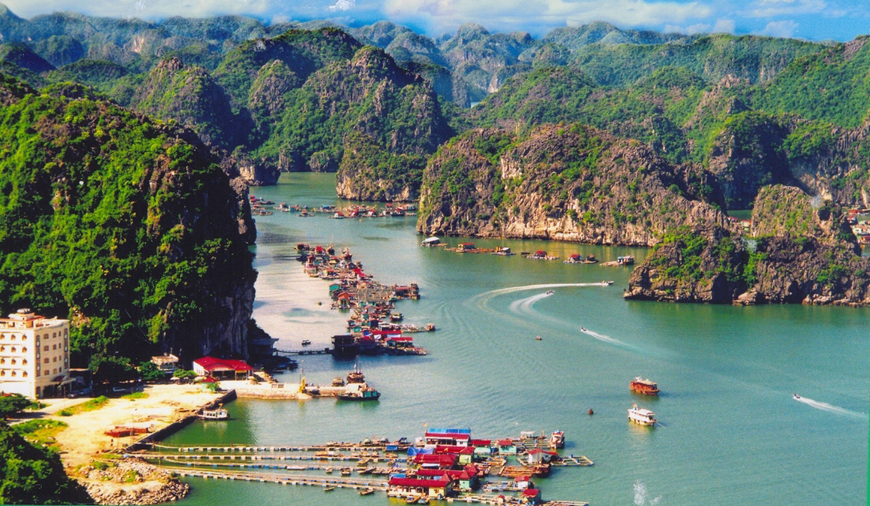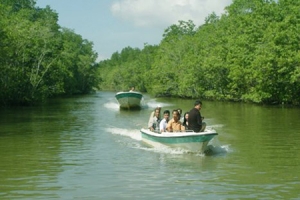Visit Can Gio biosphere reserve
The special geographical position, along with the influence of the tide, has enabled Can Gio mangrove forest to receive a great deal of silt from the Dong Nai river and be endowed with rich and unique animals and plants, which has become the supply of food and sanctuary for both aquatic organisms and on-land vertebrates.
_jpg.jpg)
The forest is considered a “green lung” of the southwestern region, making the climate equable and preventing natural calamities.
The forest is populated by ‘Sac’, a type of mangrove tree, along with Aegiceras corniculatum (‘Su’), Bruguiera cylindrica (‘Vet’) and Rhizophora apiculata (‘Duoc’), which together form a large group of trees that are able to encroach on the sea.
In the 17th century, the forest counted 42,000 ha of primeval forest with hundreds of water birds and aquatic organisms such as shrimp, crab, fish and amphibians, as well as innumerable crocodiles.
However, from 1962 and 1971, this place became a “land of death” as a consequence of the US War and deforestation. Many species disappeared.
In 1985, local residents and soldiers strived to revitalise the forest. Their efforts were paid off with tens of hectares of the forest successfully revived and 60 flora species and dozens of water birds, such as pelicans, storks, and cranes, returning for sheltering.
After 30 years of restoration, about 30,500 ha of Can Gio mangrove forest has been recovered, creating a favourable habitat for many animals and plants.
The forest is now home to 157 flora, 70 invertebrate and aquatic species and 130 types of bird, along with 31 different reptiles, 11 of which are listed in Vietnam’s Red Book, such as geckos, pythons and cobras.
It has become an eco-tourism site and a place for domestic and foreign scientists to do more research about the botanical system there.
Vietnam is among the countries hardest hit by climate change, with its coastal region an extremely vulnerable area. Community-based management and development of mangrove forests has been underlined as effective way to strengthen coastal resilience against climate change.
The country has about 200,000 ha of mangrove forests.
2015 -2016 VietNam Tour Promotions
Our Favourites
- Viet Nam
- Laos
- Cambodia
- Thailand
- Myanmar

Da Nang International Fireworks Competition to be held annually
Da Nang International Fireworks Competition (DIFC) will be held annually instead of biennially, and last…
Details
Vietnam - A Safe Country for Tourists Afraid of Terrorism
The Daily Star has listed the countries that are considered safe, where tourists can avoid…
Details
Vietnam extends visa waiver for five European countries
Vietnam has decided to extend a visa waiver program benefiting citizens of five European countries…
Details
Phong Nha has top "Incredible cave"
Phong Nha National Park has been voted as one of the most incredible cave sites…
Details
Quang Ninh welcomes 2 million visitors in the first two months of the year
The northern province of Quang Ninh received nearly 2 million visitors in the first two…
Details
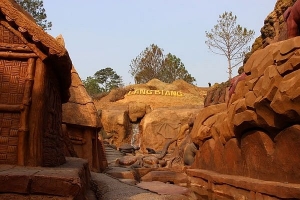
DaLat's history narrated by sculpted path
A kilometre long path snaking through a red basaltic soil hill with sculptures carved out…
Read more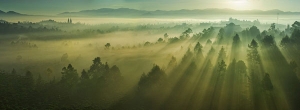
Conquering Dambri waterfall
A lot of hearsays have it that Bao Loc City in the Central Highlands of…
Read more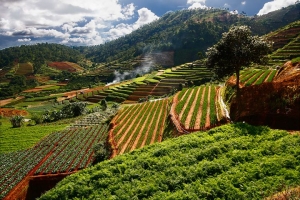
A day as a gardener at Trai Mat (Lam Dong province)
It might be an interesting experience for tourists to be a gardener at Trai Mat…
Read more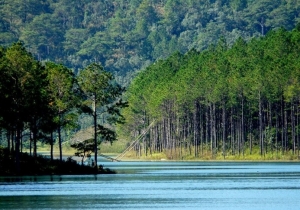
Tranquility in Tuyen Lam lake (Lam Dong province)
Many visitors to Dalat City often pick Tuyen Lam Lake as one of the stops…
Read more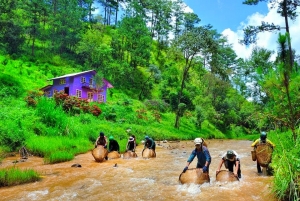
Tranquility in Cu Lan village
Cu Lan Village, a tourism area, about 20km away from Da Lat in Lat Commune…
Read more

Van Long Lagoon - An attractive eco-tourism site
About 80km to the south of Ha Noi, Van Long Lagoon (Gia Vien District, Ninh…
Read more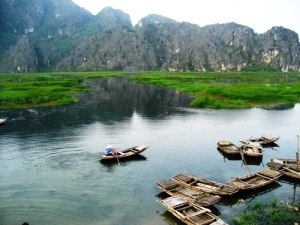
Come back Tam Coc on harvesting time
Tourists to Tam Coc in Ninh Binh province this time have chance to enjoy its…
Read more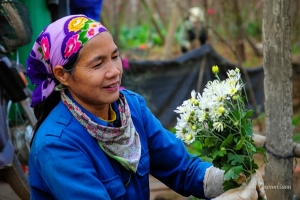
Ha Noi in the Ox-eye daisies flower season
These days, Hanoi’s famous flower villages such as Nhat Tan and Tay Tuu are filled…
Read more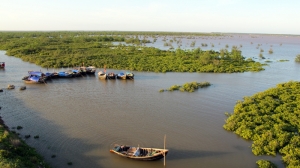
Peaceful in Con Vanh
Con Vanh is located inside the Red River Delta Biosphere Reserve recognised by UNESCO in…
Read more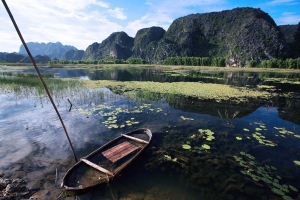
Discover Trang An Landscape Complex
Trang An Landscape Complex covers an area of 6,172ha in districts of Hoa Lu, Gia…
Read more
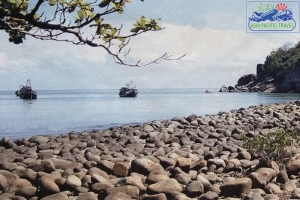
Hon Khoai island
Hon Khoai is a cluster of islands located 20 kilometers off the south-west of Nam…
Read more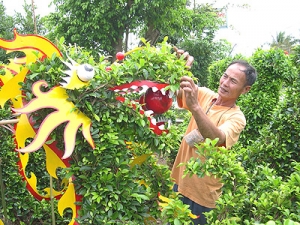
Cai Mon village - A village of ornamental plant
As other farmers in the Mekong Delta region, people in Cai Mon Village in Ben…
Read more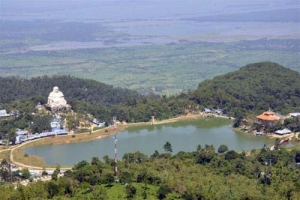
Bay Nui (Seven Mountains) - The peaceful land and tranquil atmosphere
That Son or Bay Nui (Seven Mountains) region spans Tri Ton and Tinh Bien districts…
Read more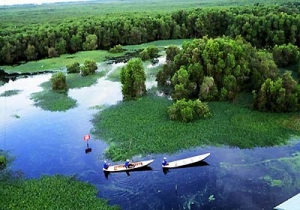
A trip to Ca Mau - The peaceful land
Ca Mau always welcomes visitors with a gentle and peaceful atmosphere. People can mingle themselves…
Read more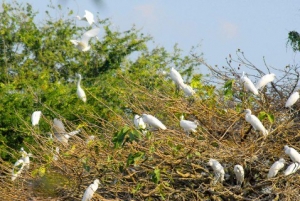
Surprising at Bang Lang stork sanctuary in Can Tho
Bang Lang stork sanctuary is seen as one of the most attractive tourist destinations in…
Read more


